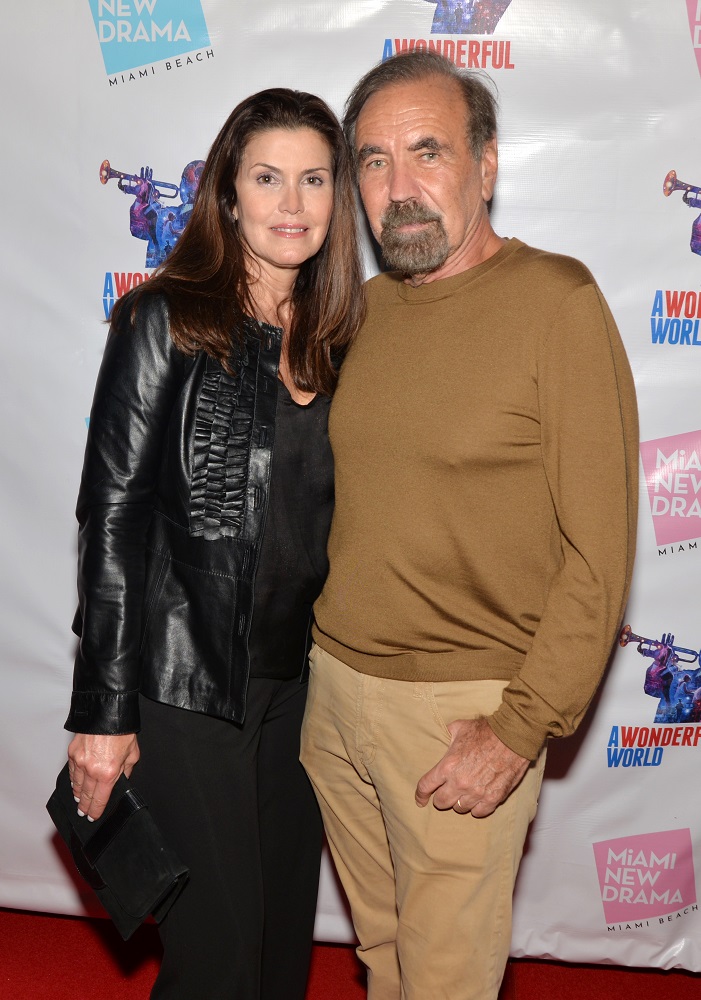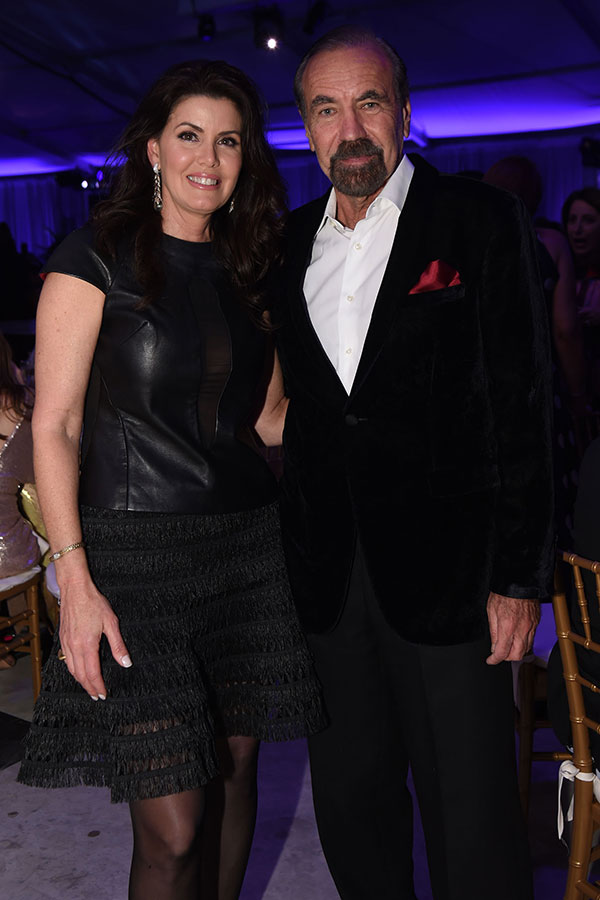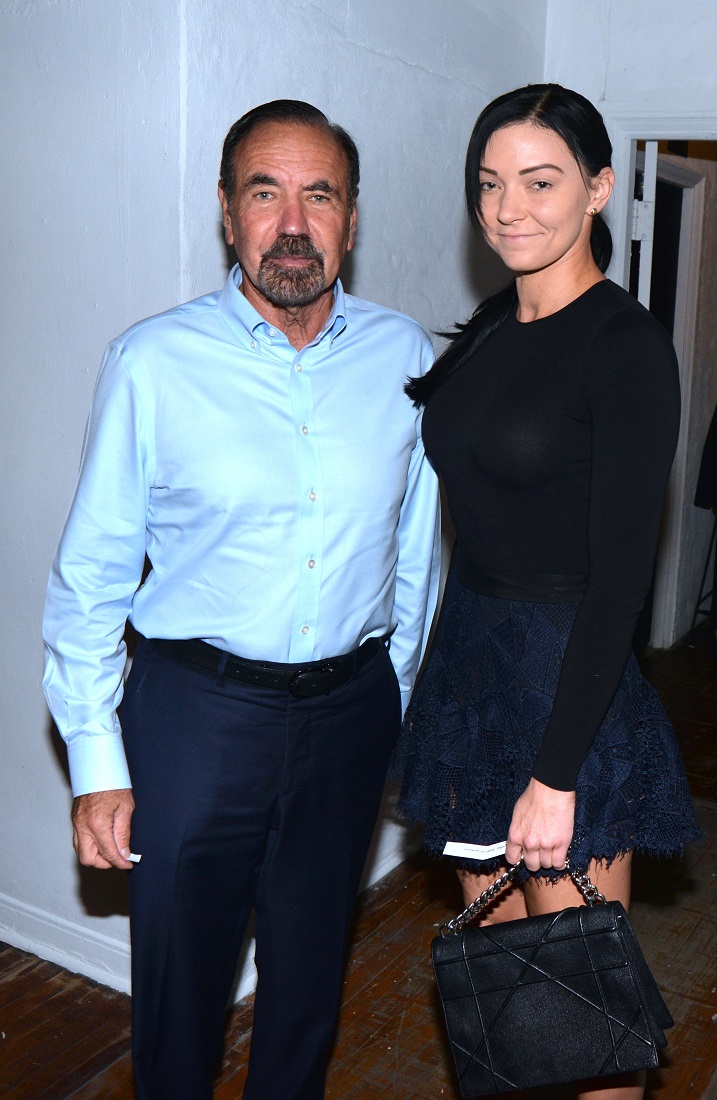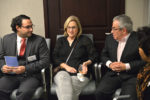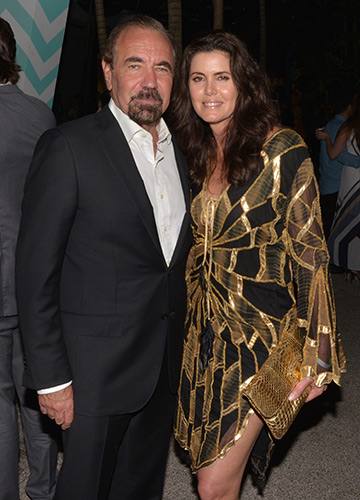OPINION | Related Group CEO Perez: Misinformation muddies water of Brickell archaeological finds
By JORGE M. PÉREZ, CEO of The Related Group | MIAMI HERALD
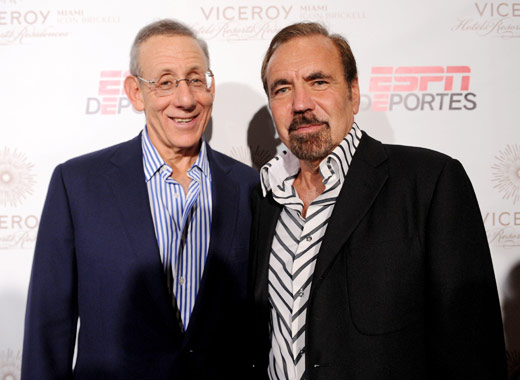

Almost 10 years ago, the Related Group purchased land near the mouth of the Miami River, and obtained development approvals through a public hearing process to build a world-class residential complex overlooking the Miami River, Biscayne Bay and the Atlantic Ocean. For decades, the land contained office buildings, warehouse spaces, parking garages and other structures, boatyards and marinas. We didn’t purchase untouched or pristine land. We were fully aware the parcel was in a designated Archaeological Area and we have worked in these areas before as all of the city’s waterfront is in an Archaeological Area. We expected to encounter archaeological finds and were committed to handling any findings with the utmost care. Shortly after starting the demolition of the existing structures, we made archaeological discoveries that immediately triggered appropriate preservation efforts. We have worked in incredibly close collaboration with all regulatory entities for the past two years and retained Robert “Bob” Carr, the world’s leading archaeological expert on the Tequesta as well as South Florida’s other historic and prehistoric people, to direct our process in accordance with rules and regulations. Carr has more than 40 years of experience investigating the archaeological sites at the mouth of the Miami River and has been involved in some of the most significant archaeological discoveries in the area, including the Miami Circle, the Hyatt site, Icon Brickell and MET Square. All his reports and findings are provided directly to the city of Miami and the state of Florida and all other necessary authorities on a weekly basis and as the various phases of the exploration are completed. Our final report is not finished, and will be submitted as soon as the archaeological exploration is complete.
It has been a painstaking process involving hundreds of archaeologists, thousands of work hours and many millions of dollars. Despite the significant expense and energy, we do this work gladly and view it as our responsibility as South Florida residents. UNDER FIRE However, despite our best efforts, we have come under fire from groups intent on pausing all development activities, no matter the means. This includes the use of incorrect and misleading information. My goal today is to set the record straight. While we understand there are genuine concerns, including those of the descendants of indigenous people who once lived along the Miami River, one thing is clear: We will respect and abide by all the rules in place to protect that history but we, too, have property rights. We own this parcel and have worked with the city and the state governments to establish those development rights, which include the protection of the artifacts found at the site. We’ve fulfilled our responsibility to report the findings to the state, which by law is responsible for communicating with tribal groups. Any claim that we have purposefully omitted information or failed to notify anyone is patently untrue. The main controversy seems to involve how the archaeological finds will be handled in the future. That decision requires us to work with respected institutions that are experts in this area to conduct additional research and carefully store the artifacts for future generations. PRESERVE BUT NOT ON SITE While we are still awaiting final archaeological reports, the early consensus among city and state officials and advisors is that the findings, to date, do not merit preservation on the site. This means the artifacts that are found are not required to stay in the ground. There are artifacts found all over the city on many waterfront sites annually.
The artifacts found are important and will contribute to Miami’s history and heritage. The experts agree: This site is not as old as the pyramids, and it is not another Miami Circle. This does not mean that the findings are not significant, interesting and important. They are. However, the experts in the field have stated, explicitly, that nothing found to date merits preservation on the site. The development of the site can proceed responsibly and conscientiously. Upon completion of the archaeological exploration, all of the findings will be part of a major interpretative exhibit that will be preserved for further research and study in a reputable institution and available for public display. We will also appropriately recognize the significance of the findings on site. We understand that some people will not be satisfied regardless of what we do, and no one is going to shed a tear for a developer that is slowed down by archaeological findings. But we believe in fair play and fair regulation, and we remain committed to smart, conscientious development and appropriate archaeological conservation. The facts clearly bear out that, upon completion of the assessments, we will proceed with our vision to build a world-class residential complex that will be a source of pride for all of Miami. Jorge M. Pérez is chairman and chief executive officer of Related Group.
This opinion piece was first published in the Miami Herald.
A photo gallery of Jorge Pérez at various charity and community events.

Sweetwater Fl, 33172
1-800-843-4372
President: Nancy A. Meyer
Executive Editor: Monica Richardson
VP of Advertising: Orlando Comas
2020 Digital Traffic
Mo. Unique Visitors: 10,797,000 (December 2020)
Avg. Mo. Page Views: 40,090,000 (2020)
2020 Print Circulation
Daily: 73,181
Sunday: 100,598


